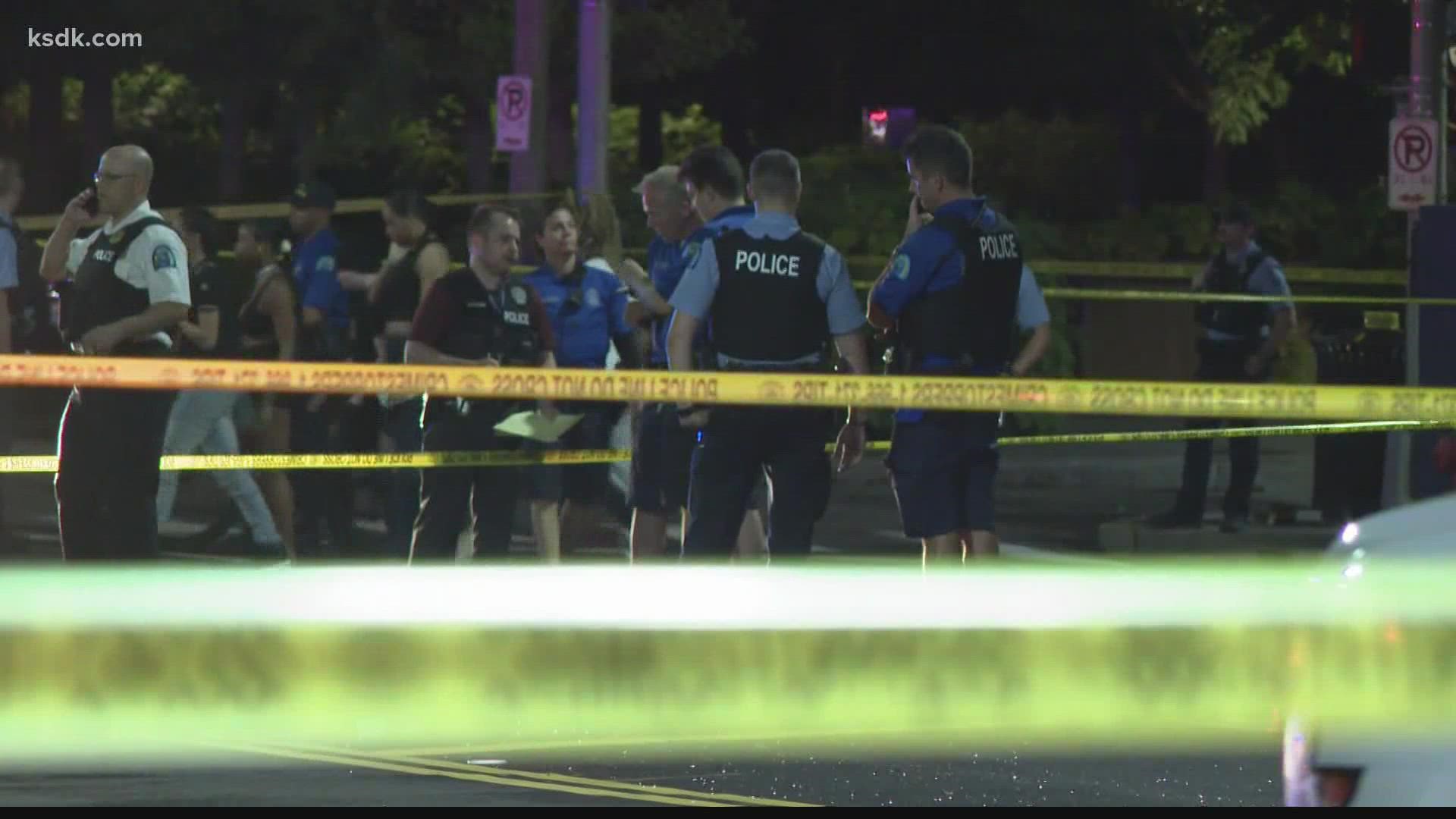ST. LOUIS — In a year when many U.S. cities saw a substantial increase in killings, St. Louis bucked the trend in 2021 — a dose of good news for a city that for decades has had among the worst homicide rates in the nation.
The number of killings in St. Louis dropped 25% to 196 in 2021 compared to 263 in 2020. It marks a return to pre-COVID-19 levels; St. Louis police recorded 194 killings in 2019 and 186 in 2018.
At a news conference Thursday, Mayor Tishaura Jones, Public Safety Director Dan Isom and others credited a focus on preventing violence before it happens. Among those efforts was a program called “Cure Violence.” The city used $5 million in stimulus money for the effort that includes hiring people who live in high-crime neighborhoods to work as “interrupters.”
One of the interrupters, Mujaa Williams, said he and his colleagues have blunt messages when they meet with people at risk of committing violence.
“We are like the last line for these guys before the police come in with their cavalry,” Williams said. “So we tell them: ‘If you don’t listen to us, they have some places for you. They have federal penitentiaries for you, they have state penitentiaries for you.’”
The success in St. Louis came in a year when several cities hit all-time highs, a list that includes Philadelphia, Indianapolis, Columbus, Ohio, and Milwaukee, Wisconsin. Chicago had its worst year since 1996, and Houston killings jumped 18%.
Even at 195 killings, the St. Louis murder rate is still alarming and remains among the worst per capita rates in the nation given the city's population of around 300,000.
Mayor Tishaura Jones said efforts to curb gun violence are hampered by state law that prohibits cities from instituting their own gun laws. Another state law adopted last year prohibits local law enforcement from enforcing federal gun laws.
“The Missouri Legislature prevents our city from making our own common-sense gun safety laws, so we have to look at other tools at our disposal to prevent violent crime, especially gun crimes," Jones said.
Beyond preventative measures, St. Louis in the past year focused police resources in areas with high rates of violence.
Jones and Isom said they're optimistic the downward trend will continue, though 2022 is off to a dangerous start — seven people were killed in the first 12 days, including four deaths in less than 24 hours earlier this week.
“There isn’t one strategy that’s going to get us to the point where we save more lives,” Isom said. “It’s going to be multiple strategies working in concert.”

